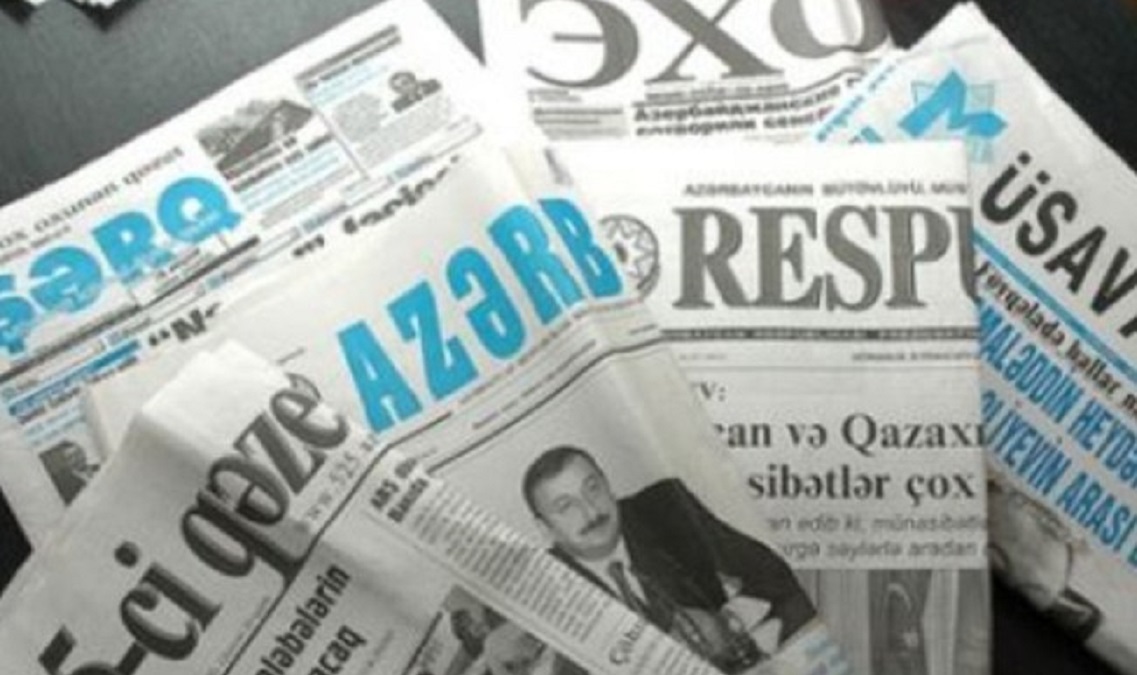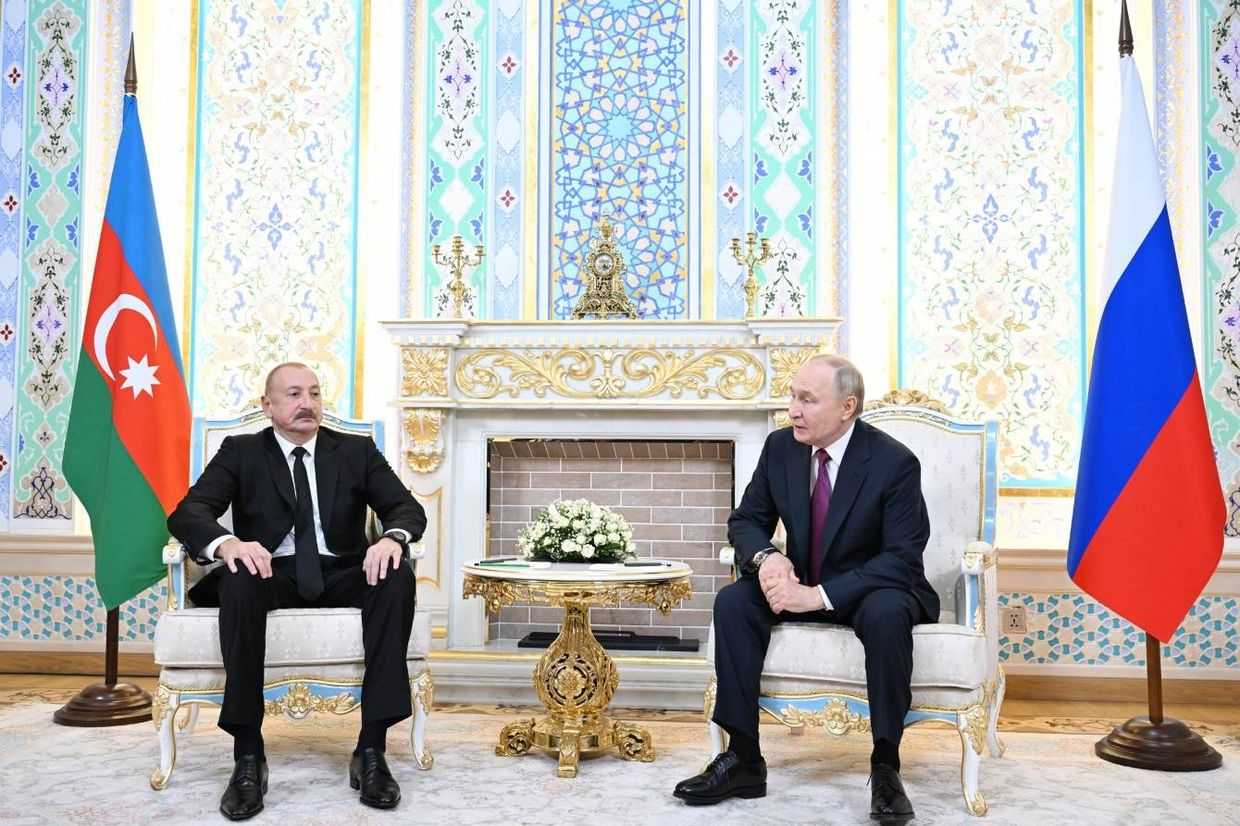

The Azerbaijani State Fund to Support Development of the Mass Media has raised the eligibility requirements for newspapers to receive support, effectively cutting off support for most newspapers.
According to new regulations that came into force on 31 January, the fund will only finance newspapers that have been published regularly for the last three years, have at least 16 pages (in A3 format), print at least 5,000 copies daily, and sell at least 2,000.
At least 18 newspapers will lose state support, including Sharg, Adalyat, and Bizim Yol, which were in the past some of the most popular newspapers in the country and had been seen as having an independent editorial line, though this reputation had suffered in recent years.
Newspapers that will continue to receive funding include Yeni Azarbayjan (new Azerbaijan), the official paper of the ruling New Azerbaijan Party, and the government-owned Sas and Iki Sahil newspapers, as well as several other pro-government papers.
Newspapers move online
After the State Support Fund for Mass Media’s announcement, several of the newspapers losing funding announced they would halt their print editions.
Bahaddin Hazi, editor-in-chief of Bizim Yol, said that the newspaper would switch to an online-only model.
‘I think it’s the right decision in this situation. Print media prices are steadily growing and there is no market for newspapers’, Hazi said in a statement.
‘Real-time [online] media is a more effective trend. The internet version of our newspaper is quite popular and we are determined to develop it further. Bizim Yol has not closed, simply the paper version has stopped.’
Bizim Yol first appeared in 2003 and was published five days a week.
The editor-in-chief of Reyting, Afig Mirzabayli, thinks that the new conditions placed by the fund are too tough for the Azerbaijani market.
Mirzabayli told Meydan TV that most of the country’s newspapers do not meet the new requirements, which will create serious problems for newspapers.
‘If they do not finance us, then let them not. We will stop running a print newspaper and continue to work as online media. That is no problem for us.’
The print version of Unikal, another newspaper that has lost funding, has also stopped, Asaf Rzayev, the editor-in-chief of the newspaper, reported in an online statement.
Changes to the budget
State Support Fund for Mass Media was established in 2008 with the stated objective of supporting freedom of the press and the independence of mass media and to strengthen the social protection of journalists.
Newspapers used funds to develop their media, to strengthen their editorial offices, and to ensure that their websites were continuously functioning.
For the Fund’s 2010–2018 budget, ₼32 million ($19 million) was allocated from the state budget.
In addition to this, funds allocated to construct housing for journalists from the Reserve Fund of the President of the Republic of Azerbaijan have reached a total of ₼67 million ($39 million).
[Read on OC Media: What does an Azerbaijani journalist need the most: a free flat or a free environment?]
Allegations of corruption and abuse of power
Arif Aliyev, chairman of the Yeni Nasil Journalists Association, told OC Media that government cuts were being imposed on many state institutions. He said the State Support Fund for Mass Media, in an attempt to avoid these cuts, was making ‘illogical decisions’
Aliyev said that at the beginning of January, the fund allocated ₼610,000 ($360,000) to 32 newspapers. Three weeks later, they announced that it would be necessary to reduce the number of newspapers being funded. According to Aliyev, this means that more than ₼500,000 ($293,000) had disappeared from the fund’s budget.
Aliyev said that the subscription system on which the fund based one of its criteria was fraudulent.
‘Subscription plans were prepared in the office of public servants, and then the organisations are instructed to subscribe to the newspapers’, he said.
According to Aliyev, experts have for years claimed that funds distributed by organisations like the Media Development Fund were distributed to individual editors based on a loyalty system, leading to abuses of power and corruption.
‘What happened? How were newspapers that received ₼1 million–₼1.5 million ($590,000–$880,000) each over the last 10 years destroyed in one day? Money, as well as several newspapers with an outstanding history, have disappeared’, Aliyev said.
‘Was [shutting down newspapers] the purpose of state care for the media? Is this a sign that the development and power of our press is progressing day by day? Again, it’s clear that the remaining newspapers are just waiting to experience the same story.’
The executive director of the fund, Vugar Safarli, said in a statement that online media resources were rapidly developing around the world and that ultimately, print media was facing problems. He said that this meant changes needed to be made regarding the funding of mass media projects.
Safarli said that a large part of the fund’s financial aid was spent on paper, printing, transportation, and distribution costs.
‘Support for the development of an internet version for newspapers with limited circulation will produce more efficient results’, he added.








